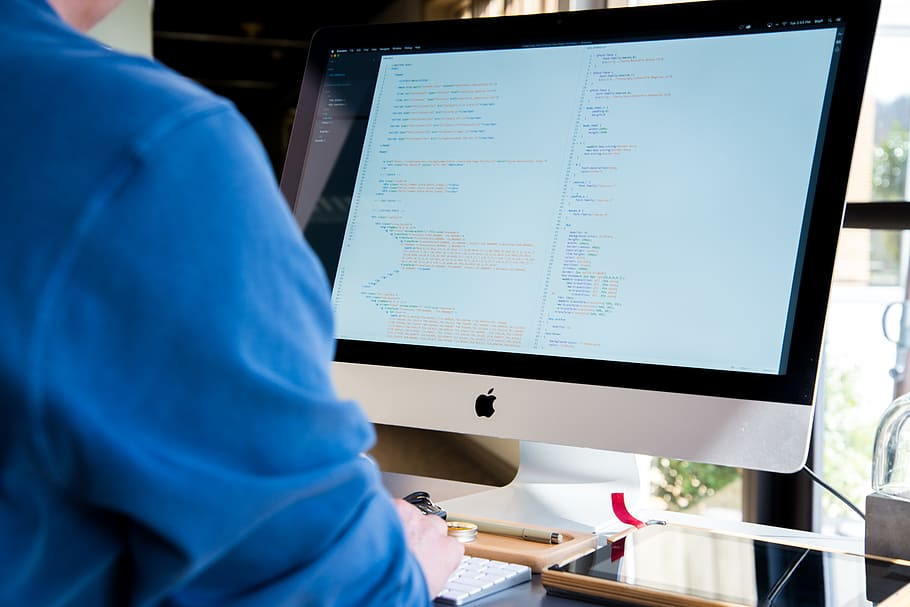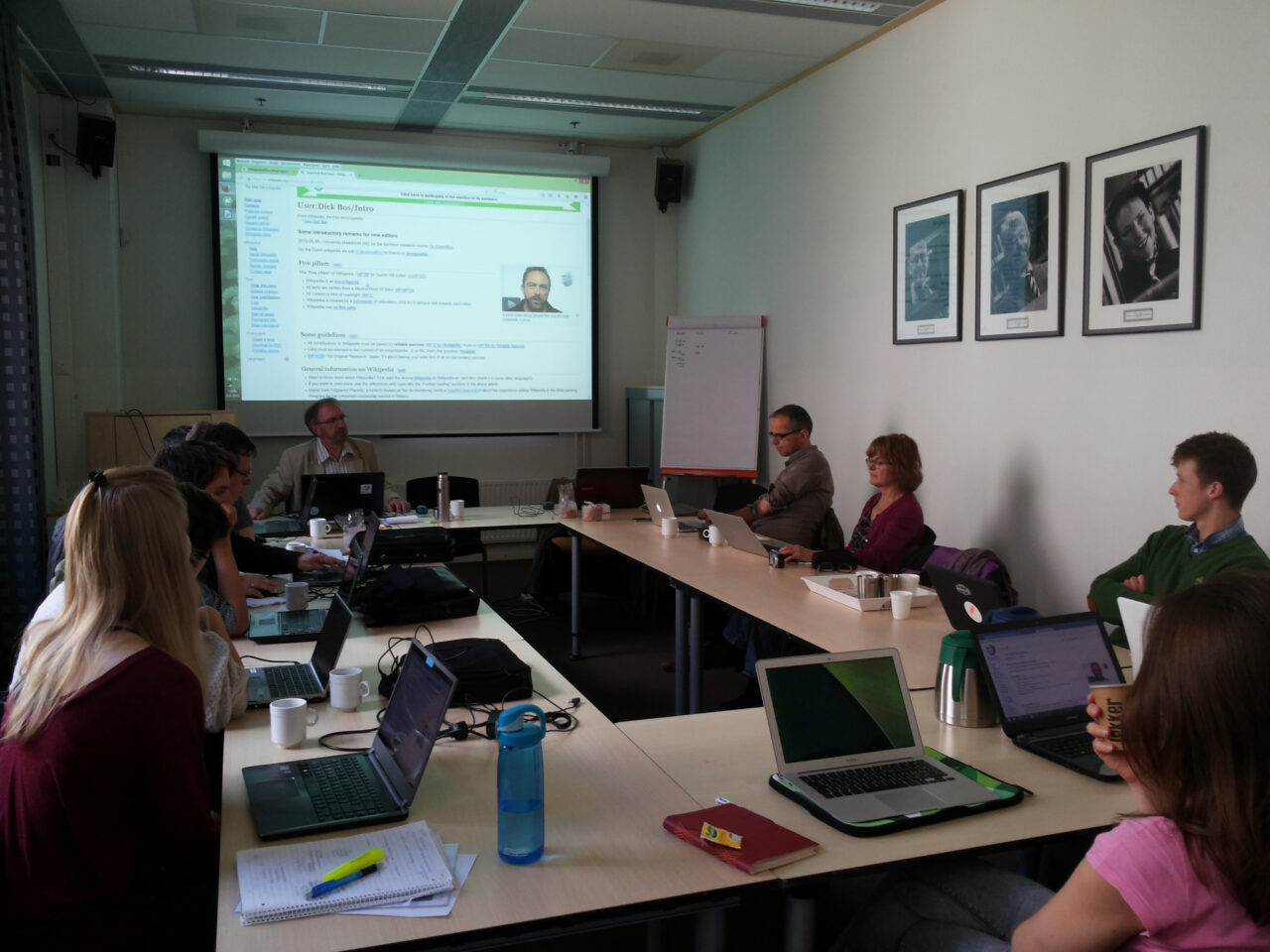Statistical programming field grows with exciting potential. It is excellent for anyone with a strong background in mathematics and programming.
How to become a statistical programmer? Achieving this goal is quite difficult. But it is rewarding if you have a passion to learn.
Don’t know where to start your career? Check this article right now for helpful tips. After reading the advice, you can program your way to success!
Overview Of Statistical Programmers
Do you know about statistical programming? You may find it hard to understand the role of a statistical programmer. So, check the position’s overview below!
Who Is A Statistical Programmer?
A statistical programmer designs statistical programs using programming tools. They use these programs to analyze, perform tests, and create reports.
They also analyze databases and then generate output information. The purpose is to support the firm’s business development and scientific research.
These experts may spend most of their time at the office. They often work with other experts and clients.

What Are Their Responsibilities?
Statistical programmers create support programs to work with massive databases. As a part of this field, I want to mention that the duties of this profession may vary according to the company’s requirements.
Here are everyday tasks I often perform as a statistical programmer:
- Design statistical programs
- Optimize the programs
- Review the dataset’s quality using statistical programs
- Plan routine statistical analysis
- Review plans
- Organize statistical research outlines and reports
- Follow the specific project
- Build data sets
- Control quality and analyze datasets
- Design operating procedures
- Train employees to use work processes and statistical programs
Types of Statistical Programmers
Statistical programming is a broad field. When searching for statistical programmer jobs, you may find different roles. Below are common types of statistical programmers. Let’s take a glance!
Statistical Programmer
These specialists find and develop new computer software. So they can gather, analyze, and save data from many databases. They write codes to report and keep information secure.
Clinical statistical programmer
These programmers analyze and collect information in the Clinical area. This data is valuable for medical companies and clinical researchers to conduct experiments.
Principal SAS Programmer
The primary responsibility of these programmers is to use and create efficient programming techniques. So they can develop data sets and documents for trials.
Analyst Programmer
These experts create code, test, and analyze it according to the company’s requirements. They also develop software apps. Besides, they write codes to run the computer independently.
What Education Does A Statistical Programmer Need?
To become a statistical programmer, consider completing a bachelor’s degree or associate’s program in computer programming or information systems.
These degree programs help you build a solid foundation of programming languages and operating systems. Are you interested in working as a statistical programmer? It’s advisable to enroll in specialized certificate programs.
How To Become A Statistical Programmer?
After understanding the role of a statistical programmer, are you ready to learn the steps to start your career? If yes, follow the guide below!
Step 1: Earn A College Degree
Most employers prefer statistical programmers to have a bachelor’s degree in computer science or statistics.
So if you are determined to work in statistical programming, you should gain this degree. Consider attending relevant coursework in this field.
Here are some options you can take part in:
- Regression analysis
- Statistical analysis
- Actuarial science
- Sampling
Moreover, you may pursue programs in computer science. In particular, this sector includes the following areas:
- Mathematical computing foundations
- Operating system implementation and design
- Programming language foundations
- Database applications
- Parallel computer architecture
I also recommend you develop and master math skills while studying in college. As a student in statistics, it is vital to be well-prepared for advanced math classes. Your potential employers prefer candidates with good math skills and experience in databases.
Step 2: Acquire Certifications
If you are a statistical programmer student, getting extra certifications is best. You can consider the programming course of the SAS Global Certification.
They offer certification exams and courses, e-learning, and training in many areas. For example, you may find classes in the following fields:
- Data management
- Programming
- Administration
- Advanced analytics
- Business intelligence and analytics
- Foundation tools
- JMP
- Partners
As an aspiring statistical programmer, I also take certification exams to get the certificates as a base programmer. Besides, you may consider certifications as a clinical trial or advanced programmer.

Step 3: Consider An Advanced Degree
Several employers appreciate statistical programmers with a master’s degree or another advanced degree in computer science or statistics.
Gaining advanced degrees will make you more competitive if you apply for a job. Also, it helps you be eligible for promotions at a specific firm.
For instance, I have a master’s degree in statistics. So I can work as an IT operations research analyst or statistical programmer.
Furthermore, master’s degrees enable you to collaborate with developers and developers. The purpose is to use data and evaluate statistics.
You should also find a statistics or programming area to focus on, as statistical programmers should come from various backgrounds.
You may consider the following study area:
- Statistics
- Computer science
- Bioinformatics
- Computational biology
Some employers want their staff to have hands-on experience in programming and a specialized study area.
For example, your potential employer may ask you to have both statistical programming experience and biotechnology. In this case, an advanced degree in this relevant field will be valuable.

Step 4: Gain Work Experience
Once you have completed a bachelor’s degree and gained sas programming certification, you can consider many industries while searching for jobs.
If the company you apply for requires a programmer with experience for a position, it’s better to do volunteer programming work. This way, you can get hands-on experience that you don’t have in theoretical lessons.
Furthermore, you may want to join a community for these programmers. Here you can ask others questions and find answers. It’s also a good place to network with other experts in your field.
The members of this community can recommend helpful tips for your tasks. Besides, the community is a valuable source for product information, sharing forums, and job openings.
It’s also a good idea to attend other statistical programming societies to improve your skills and advance your career. This way helps you stay updated with the latest trends.
I recommend joining the National Association of Programmers. This society offers certification courses and publishes articles related to this field.
If your study area is statistics or mathematics, join the Mathematical Optimization Society. It is a networking, support, and educational group.

Step 5: Build A Portfolio
If you want to showcase your skills and knowledge to your employer, it’s a good idea to build a statistical programming portfolio. Ensure to organize all elements in your portfolio clearly and accessibly.
Are you searching for ways to present your projects? I suggest using a blog or a website. It’s advisable to add brief information about your background, interests, and skills.
After that, you should display a project with an attractive and clear title. Besides, add a link or a summary of these projects. Ensure to describe their main insights and results.
When creating a portfolio, consider using visual aids, like charts, screenshots, and tables, to present your products and make them engaging. Also, provide some motivation and context for your project’s findings, as shown below:
- The challenges
- The methods
- The problems
- The data source
- The implications
Step 6: Hone Necessary Skills
As a statistical programmer, you must have various skills to design programs, access software, and address problems.
I will share the necessary skills for this profession below. Let’s take a closer look!
Data Analysis
Analyzing data involves evaluating information to identify patterns and trends. As a statistical programmer, you must study a large amount of data. So you can determine their relationships.
To have this skill, you must have attention to detail skills and the ability to interpret the data from raw information. Besides, data analysis skills help you find critical data you must store or analyze for further use.
Communication
This skill refers to conveying your ideas so that your clients and team members can easily understand them.
If you want to gain a position in statistical programming, develop this essential skill. You may need to work with other experts and your team members when performing your tasks.
The tasks of these programmers may include presenting results to your clients. So communication skills are crucial for an effective working process.
Problem Solving
Sometimes, you may experience challenges when gathering data and analyzing findings. So you should recognize issues and apply solutions to fix them.
For instance, processing may take an extended period when working with large databases. In this case, I often try different techniques to analyze the information or break it into small sections.
Regression Analysis
Regression analysis uses statistical formulas to forecast future results based on historical data. For instance, my firm uses this analysis to decide the amount of money spent on product advertising.
As a statistical programmer, I predict the number of sales my company will receive after having an advertising campaign using this formula.
Performing this method allows me to make wiser decisions. Also, it saves time as I do not have to wait so long for results.
Statistical Analysis
As a statistical programmer, you analyze statistics when creating programs based on the data you receive.
If your firm requires you to predict the customers who will respond to ads, you must know statistical analysis skills to analyze their information. From that, you can decide who will receive the ads.
Attention to Detail
All statistical programmers must have this soft skill. Their duties are analyzing information and reporting based on the data they receive.
Besides, you may identify errors quickly with this skill. So you can solve them promptly and make sure the data you display is accurate.
Statistical Modeling
A model determines efficient elements for new services or products. I often create algorithms using statistical modeling so that I can predict results based on the input factors.

Step 7: Seek Related Jobs
After you have gained the necessary knowledge and skills to work as a statistical programmer, it’s time to search for jobs. You can find statistical programming jobs in many industries. I recommend some of the options below:
- Recruiting and financial institutions
- Health care providers
- Pharmaceutical and staffing companies
If you want to move to another position, consider becoming a data manager, senior statistician, SAS consultant, or statistical analyst.
Benefits and Challenges
Everything has two sides, and becoming a statistical programmer is not exceptional. Consider the advantages and limitations when performing this role!
Pros
- Good welfare
- Not too stressful workload
- Wide job opportunities
- Having the ability to move to other positions
- Working with many clients
Cons
- Requiring to learn difficult programming languages
How Long Does It Take To Become A Statistical Programmer?
The time it takes to become a statistical programmer depends on the individual’s education, training, and background.
If you already have a background in statistics, you may have an easier time learning statistical programming. Yet, if you are new to this sector, it may take longer to master the basics.
Additionally, the time you invest in learning will affect how quickly you become skilled in this field. In particular, consistent practice and dedication help you master statistical programming more quickly.

Job Outlook and Salary
According to the US Bureau of Labor Statistics, job opportunities for statistical programmers grow 31% between 2021 and 2031. This number is faster than the median estimation for all professions.
They also predict there are more than 4,100 available positions for statisticians and mathematicians yearly over the decade. The salary of these experts varies depending on their experience, company regulations, and experience.
In 2023, ComputerCareers.org reported that the average salary of statistical programmers is $100,589 per year. If you have an excellent knowledge of statistical programming languages, you can also earn more yearly.
The Bottom Line
It is not easy to start your career as a statistical programmer. Do you desire to have more job opportunities? It would be best to earn a master’s degree and extra certifications!
Also, it’s a good idea to have hands-on experience before jumping into this industry. After gaining vital skills and getting challenges, you will get a good salary. Good luck!
